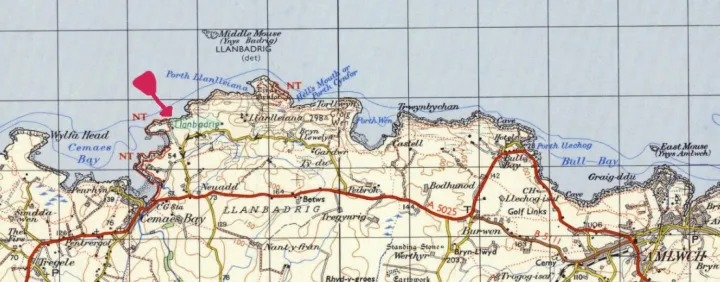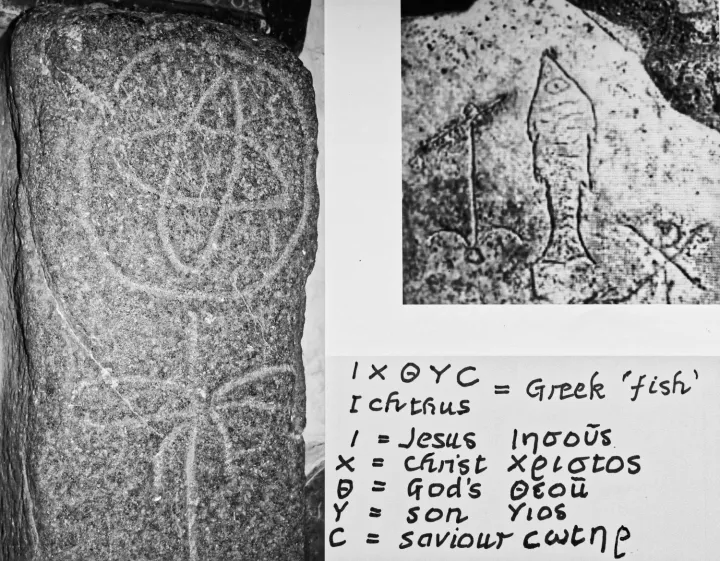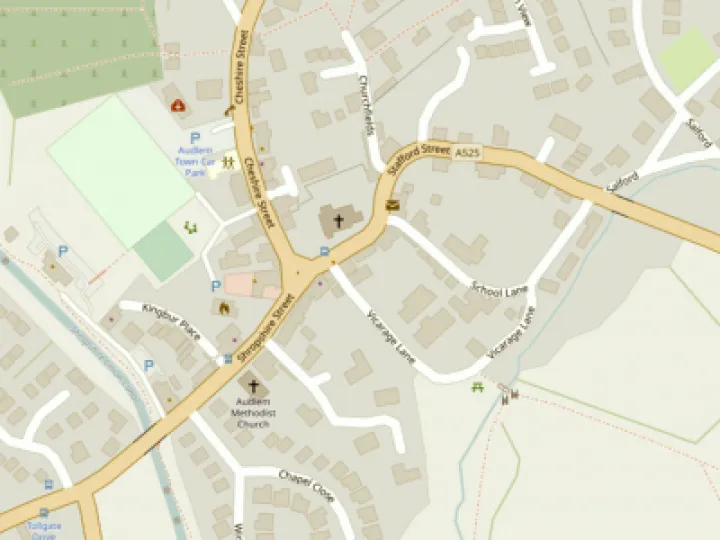ADHS History Short 58 – Llanbadrig (St. Patrick) in Anglesey








Audlem and District History Society
History Shorts 58 by John Whitehead
Llanbadrig (St. Patrick) in Anglesey
Standing on a rural headland above the town of Cemaes on the north coast of Anglesey, with views of the Isle of Man and even the peaks of the Lake District on a clear day, Llanbadrig has an unusual story to tell.

The church is one of only three in Wales dedicated to Ireland's St. Patrick, who actually originated from somewhere in the west of England. Nowadays isolated among a few surrounding buildings, Llanbadrig served in the past as the local parish church; hence the many memorial headstones in the large semi-curved (Celtic) churchyard.

The original church dates from 440AD, one of the very oldest in Britain, so named because of a tradition that St. Patrick was shipwrecked on Middle Mouse island, close to the shore.

.
.
.
.
.
.
The church today is probably the third built on the site and has been enlarged and altered over the centuries. It contains some very unusual features, especially the 'ichthus stone'. The headstone itself is not, as some previously thought, made from stone unique to the Christian catacombs in Rome, but is in fact local to the area, some 400 million years old. What really intrigued me was the simple carving on its face showing two fish shapes in the form of a cross. The fish is of course an ancient Christian symbol, and its origins can be seen in the catacombs of Rome – St. Sebastian cemetery, about 3rd century pictured below – alongside another frequently carved symbol, the anchor of salvation.

Both these signs, used by early Christians for mutual recognition in a hostile pagan society, have appeared in Britain, brought by legionaries and others from eastern parts of the Roman empire. These symbols were recently discovered on a 3rd century silver ring found in excavations at Binchester Roman fort, near Bishop Auckland. Note also the simple carving of a palm tree on the stone – a reference to the Mediterranean and Jerusalem.

Did St. Patrick cleanse Ireland of snakes? (On a stone windowsill I noticed a carving of a snake's head). In fact, snakes never made it across the sea, in Ireland as elsewhere. More significant are the floor tiles and window glass from a 19th century restoration enabled by the 3rd Lord Stanley of Nether Alderley, Cheshire, who had property in Anglesey. The abstract designs and vivid blue colours reflect the fact that Lord Stanley had converted to the Moslem faith while on diplomatic service in the near east.
The unique features of this small church bring together traditions and faiths, from both ancient and more recent times, in a peaceful and instructive harmony which can still speak to visitors and worshippers in the 21st century.
Get In Touch
AudlemOnline is powered by our active community.
Please send us your news and views using the button below:
Email: editor@audlem.org




